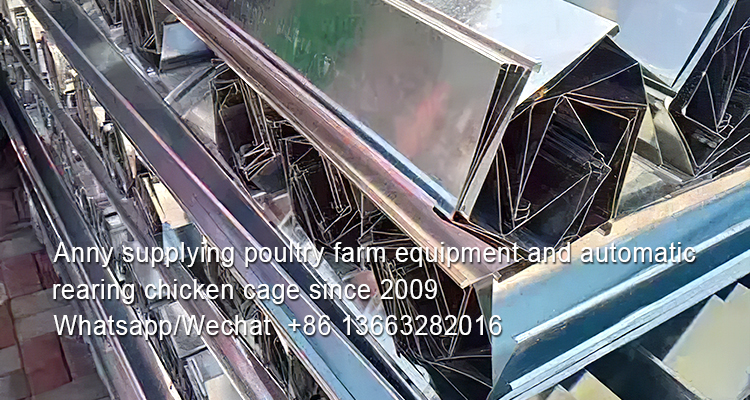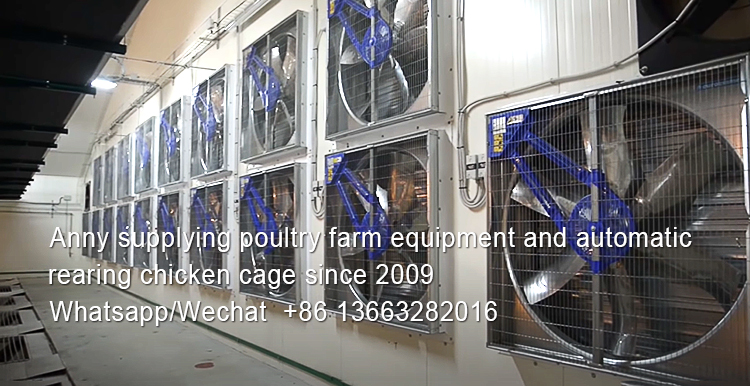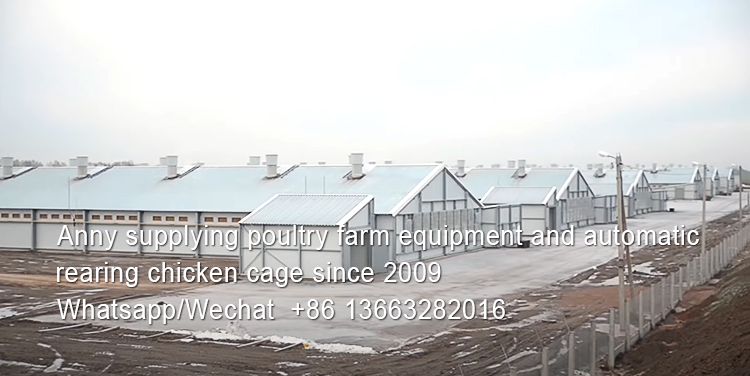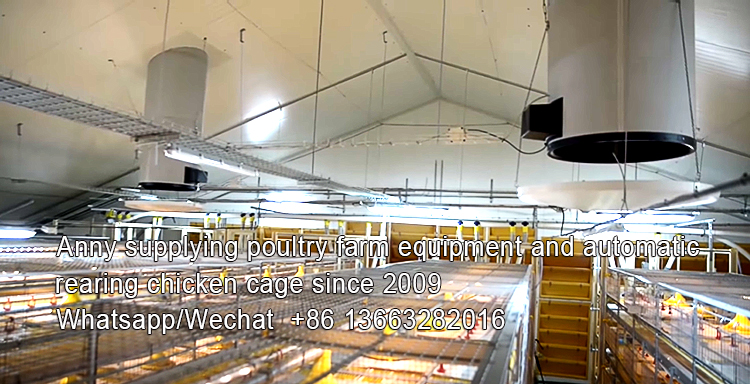E-mail:sales@bestchickencage.com
E-mail:sales@bestchickencage.com
In transit birds may be exposed to a variety of potential stressors including the thermal demands of the transport micro-environment, acceleration, vibration, motion, impacts, fasting, withdrawal of water, social disruption and noise. Each of these factors and their various combinations may impose stress upon the poultry cages, but it is well recognized that thermal challenges and in particular heat stress constitute the major threat to animal well-being and productivity. The imposition of thermal loads upon the birds in transit will result in moderate to severe thermal stress and consequent reduced welfare, increased mortality due to either heat or cold and induced pathology including muscle damage and associated changes in product quality. It is apparent that climatic conditions, which will influence the internal vehicle thermal micro-environment, will determine the effects of transport upon the chicken in a battery cages.
Below is our real picture, if you have the plan to build a chicken house to start breeding, no matter how big the capacity, we can provide customized services for you.




Below is our real picture, if you have the plan to build a chicken house to start breeding, no matter how big the capacity, we can provide customized services for you.
In turn the duration of the journey will be another important factor affecting the effects of any hostile “on-board” thermal conditions. Mortality has long been a concern in relation to poultry transportation and continues to be an episodic issue in all countries where meat chicken in a battery cages are produced have described a highly significant relationship between mortality of broilers in transit or in lair age and the maximum daily ambient temperature.
(a) Mortality in transit
(b) Poor welfare associated with the transport thermal environment
(c) Stress induced pathologies and decreased muscle/meat quality in slaughter chicken in a battery cages
(1) What factors or practices are responsible for these problems?
(a) Poor vehicle and transport container design
(b) Poor control of the “on-board thermal micro-environment; inadequate ventilation
(c) Physiological characteristics of the chicken in a battery cages resulting from genetic selection for production traits
(2) What are the major features and consequences of transportation stress?
(a) Thermal stress (discomfort) – a welfare issue
(b) Dehydration, weight loss, energy depletion and fatigue
(c) Stress induced myopathy, vascular pathology
(d) Blood gas and acid base disturbances, changes in electrolyte balance and distribution
(e) Tissue dysfunction and pathology which may affect welfare status and product quality in slaughter chicken in a battery cages
(f) Injuries to chicken in a battery cages resulting from stress induced behaviours in transit and catching methods may render chicken in a battery cages more susceptible to other aspects of transport stress
(3) What characteristics of modern breeds or strains of poultry may underlie a predisposition towards a susceptibility to transportation stress?
(a) Rapid growth rate appears to be associated with a higher basal metabolic rate and a reduced heat stress resistance
(b) In heat stress an increased metabolic rate and greater degree of hyperthermia may predispose modern lines to disruption of homeostatic systems, heat stroke, tissue damage and heat induced mortality in transit
(c) Rapid growth rate appears to be associated with an idiopathic myopathy that may predispose towards stress induced myopathy and a reduced heat stress resistance
(d) Rapid growth rate appears to be associated with a number of pathological conditions (e.g. pulmonary hypertension) which may render chicken in a battery cages more susceptible to other aspects of transport stress
(4) What possible solutions or remedies are available to reduce the detrimental effects upon the well-being, health and productivity of poultry in an economically viable modern poultry industry?
(a) The thermal environment maybe better regulated by improvements to vehicle and container design.
(b) Improved passive ventilation systems focused upon enhanced passive airflow and better distribution within the “bio-load” may be adequate
(c) In some circumstances active or mechanical ventilation systems are required to prevent or avoid thermal stress
(d) Improved transport practices and procedures including changing stocking densities and transport scheduling and minimizing journey durations would prove beneficial
Our China battery cages and poultry quipment Factory
Hebei Best Machinery And Equipment Co., Ltd.,found in 1996, 360KM from BEIJING city, from raw materials to finished products, strict implementation of ISO 9001:2008 quality management system.
Our Nigerian branch battery cages and poultry equipment factory
Rose of Sharon Plaza by Oko filing bus stop, Igando road, opposite Oando filling station, Lagos, production line is from our Chinese factory directly, 3 to 5 years longer using than local battery cages.
If you have any plan on poultry farm, please free to contact me, I supplying farm equipment and automatic rearing battery cage since 2009.
Anny Wang, Whatsapp/Wechat +86 13663282016
SEND YOUR MESSAGE TO US
(* We will reply your inquiry to this Email as soon as we see it.)RECENT BOLGS
CONTACT US